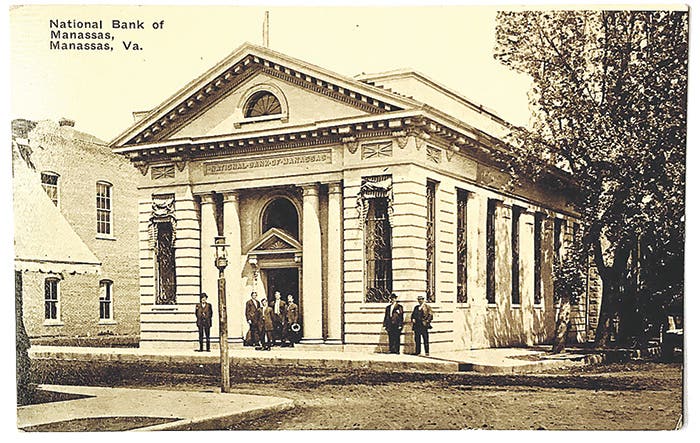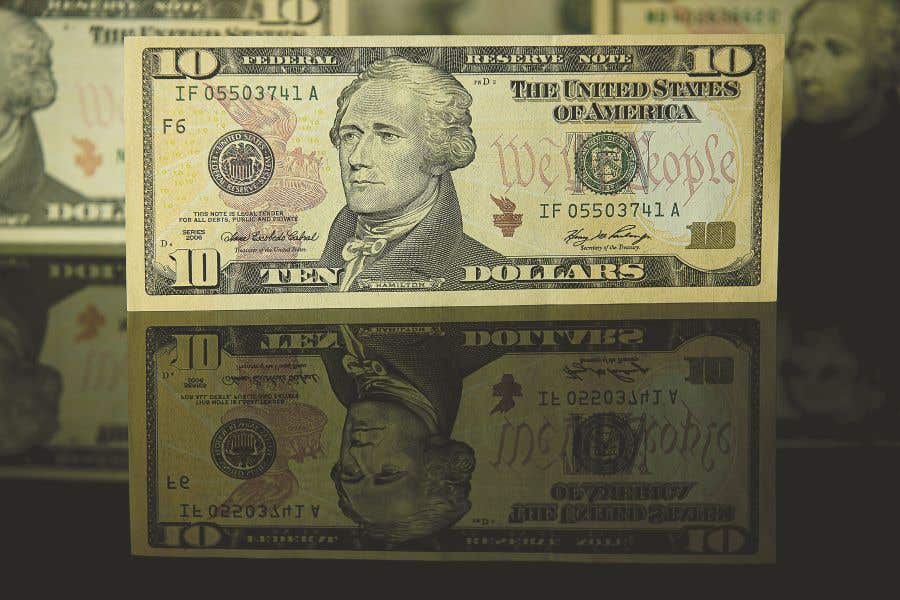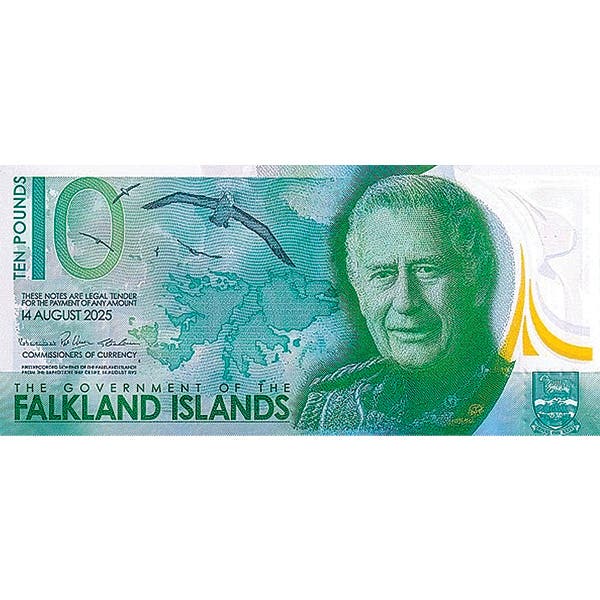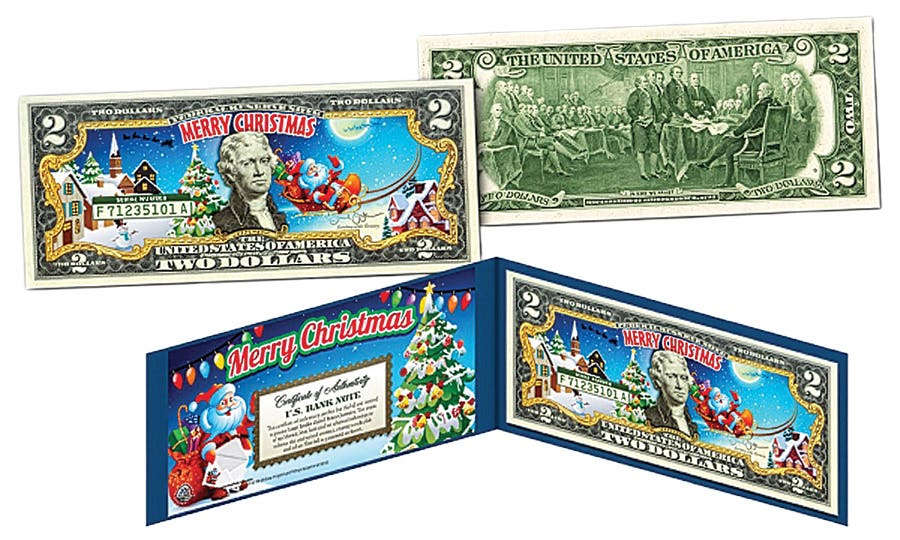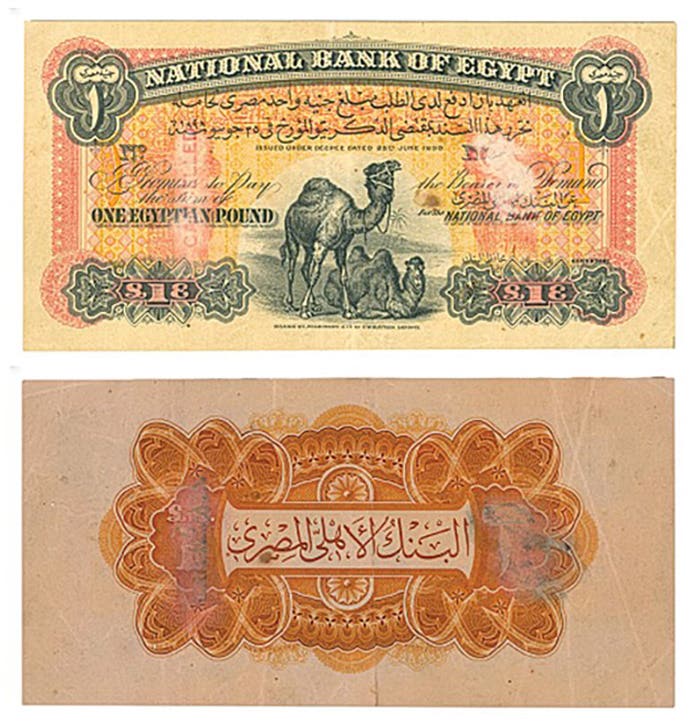Error note highlighted in records
By Peter Huntoon Bureau of Engraving and Printing records are loaded with correspondence pertaining to misprints. The following example is a particularly detailed accounting and, because the note is reported,…
By Peter Huntoon
Bureau of Engraving and Printing records are loaded with correspondence pertaining to misprints. The following example is a particularly detailed accounting and, because the note is reported, it is worth reproducing here. Besides, the last letter in this string was written two days before I was born.
The correspondence transcribed is from the BEP Central Correspondence Files, U.S. National Archives, College Park, Md., record locator 318:450/79/16/02-03/boxes 292-295 (1942).
***********************************
Treasury Department
Office of the Chief
U.S. Secret Service
Washington, D.C.
August 18, 1942
Mr. Alvin W. Hall, Director
Bureau of Engraving & Printing
Washington, D.C.
Dear Mr. Hall:
For your information our agent at Birmingham, Alabama, received on August 4, 1942, from the Federal Reserve Branch Bank at Birmingham, one $1 Silver Certificate, Series of 1935A, check letter “J”, face plate 3950, back plate 2425, the upper right serial number is X67939728B, while the lower left hand number is X67939738B. The note was detected at the bank when a payroll was being made up for the Army. This note was received by the Federal Reserve Branch Bank at Birmingham, July 1, 1942, in a shipment of $1 Silver Certificates from the Treasury, June 30, 1942, amounting to $200,000, serial numbers 67768001 to 67968000. This note was shown to Mr. Long, Assistant Director [of the BEP], on August 14, 1942.
Very truly yours,
Frank J. Wilson
Chief, U.S. Secret Service
***********************************
Bureau of Engraving and Printing
Surface Printing Division
Memorandum
August 21, 1942
For Mr. Shreve:
In reply to letter from Mr. Frank J. Wilson, Chief, U. S. Secret Service, concerning a $1 Silver Certificate, Series 1935A, lower left serial number X67939738B and upper right serial number X67939728B, you are advised as follows.
Our records indicate that on May 6, 1942, Mrs. Annie E. Wood examined and counted $1 Silver Certificates including a package containing the above numbered note. Mrs. Wood’s work report of that date shows that in examining ten packages of this work, forty-nine star notes were substituted. It is, therefore, assumed that a hang-up occurred in the numbering block and that the hang-up on this note was overlooked in the course of examining. Mrs. Wood has been an examiner since December 8, 1928, and has a very good record.
This note was part of package numbered X67936001B to X67940000B. It was numbered May 5, 1942, in cage #1 by pressman Henry S. Rider. The receivers were Martha Replogle and Ella C. Schlegel.
Respectfully,
Jack I. Lowd
Act. Supt. of Division
***********************************
Bureau of Engraving and Printing
Washington, D.C.
August 25, 1942
Mr. Frank J. Wilson, Chief
United States Secret Service
Treasury Department
Washington, D.C.
Dear Mr. Wilson:
Reference is made to your letter of August 18, 1942, reporting the receipt by your agent at Birmingham, Alabama, of a one-dollar silver certificate, check letter “J”, serially numbered X67939728B in the upper right corner and X67939738B in the lower left corner.
According to the numbering plan for currency, X67939738B is the correct serial number for a note with check letter “J”. Our records show that the package which included this note was examined and counted on May 6, 1942. The examiner’s work report for that date indicates that 49 notes in the package were found to be mutilated and were replaced with star notes, because of imperfections apparently due to a hang-up in the numbering block. The particular note in question should also have been replaced, but was inadvertently overlooked in the course of examination. The examiner who failed to detect this note has been cautioned to exercise more care in the performance of her duties, and the error has been noted against her record.
Very truly yours,
C.R. Long
Acting Director
***********************************
Technical notes
The Series of 1935 notes were serial numbered on 12-subject bicolor rotary presses that not only numbered the sheets but also cut the notes from them. It then collated the notes from respective sides of the sheets in serial number order. The serial numbers in a given print run were divided in half with the low numbers assigned to the right side of the sheets and the high numbers to the left. Numbering of the respective halves was down the sheet from top to bottom in increasing order.
The size of print runs in those days was variable; however, care was taken to mate the serial numbers with the correct plate position so that if you divided the serial number by 6, the residual fraction would yield the plate position. In this case 67939738 divided by 6 yields 11323289 and 4/6ths, which places the serial number on either the D or J position.
The mismatch under consideration involved the J plate position. It appeared on every sixth note in the sequence coming from the right side of the sheets for as long as the problem persisted. For this reason, Mrs. Wood can be forgiven for missing the note in question because the errors were not consecutive, which would have made them easier to find and replace once she spotted the first one.
The correspondence reproduced here refers to “packages” of notes. These packages are not what we call packs of 100 notes, but rather are what we call bricks, which number 4,000 notes. Lowd’s letter states that Wood examined 10 packages of the notes on May 6, 1942, in which she found and replaced 49 misprints. In contrast, Long’s letter says that the 49 misprints came from the package containing the mismatch, which sounds more plausible.
Whether all 49 of the misprints that Woods caught and replaced were mismatches is unknown. Is it possible that X67939738-28B was the only one in the run to have escaped her inspection. Or did she miss others?
A part of the story I would love to know is just how the employee at the branch of the Federal Reserve Bank of Atlanta at Birmingham spotted the mismatch while making up the Army payroll. The note was the 38th note down in the pack of 100, not a note that you would be paying much attention to as you counted out the notes.
Postscript
This exact note is recorded in Fred Bart’s United States Paper Money Errors, 3rd Edition, Krause Publications, on p. 186, where it is listed as Xxxxxxx38B-Xxxxxxx28B. Obviously, this note is now in numismatic hands. I contacted Fred to see if he had a record of where he saw it or if he knew its current whereabouts. The answer was no to both questions. It would be very interesting to learn how it got away from the Secret Service. If you have it, please send a scan.
This article was originally printed in Bank Note Reporter. >> Subscribe today.
More Collecting Resources
• The Standard Catalog of United States Paper Money is the only annual guide that provides complete coverage of U.S. currency with today’s market prices.
• When it comes to specialized world paper money issues, nothing can top the Standard Catalog of World Paper Money, Specialized Issues .




